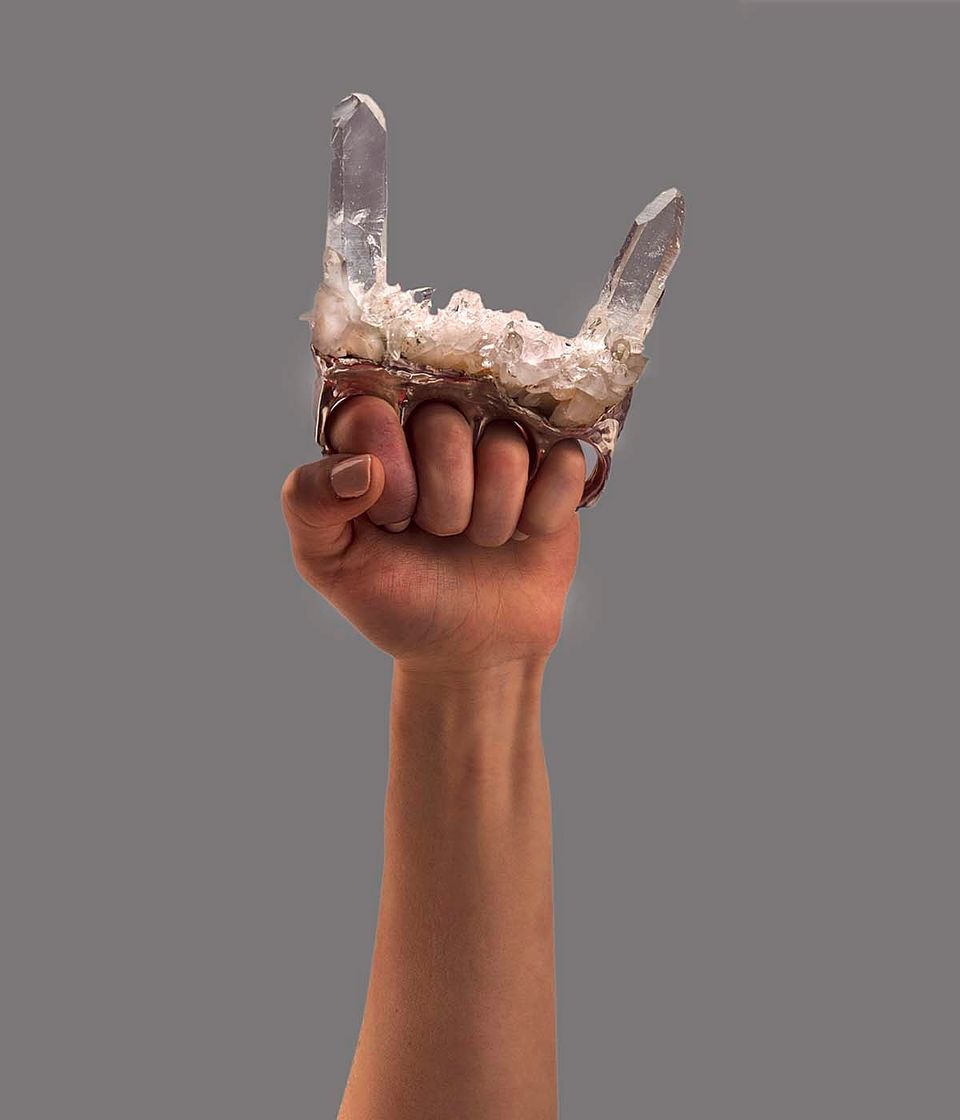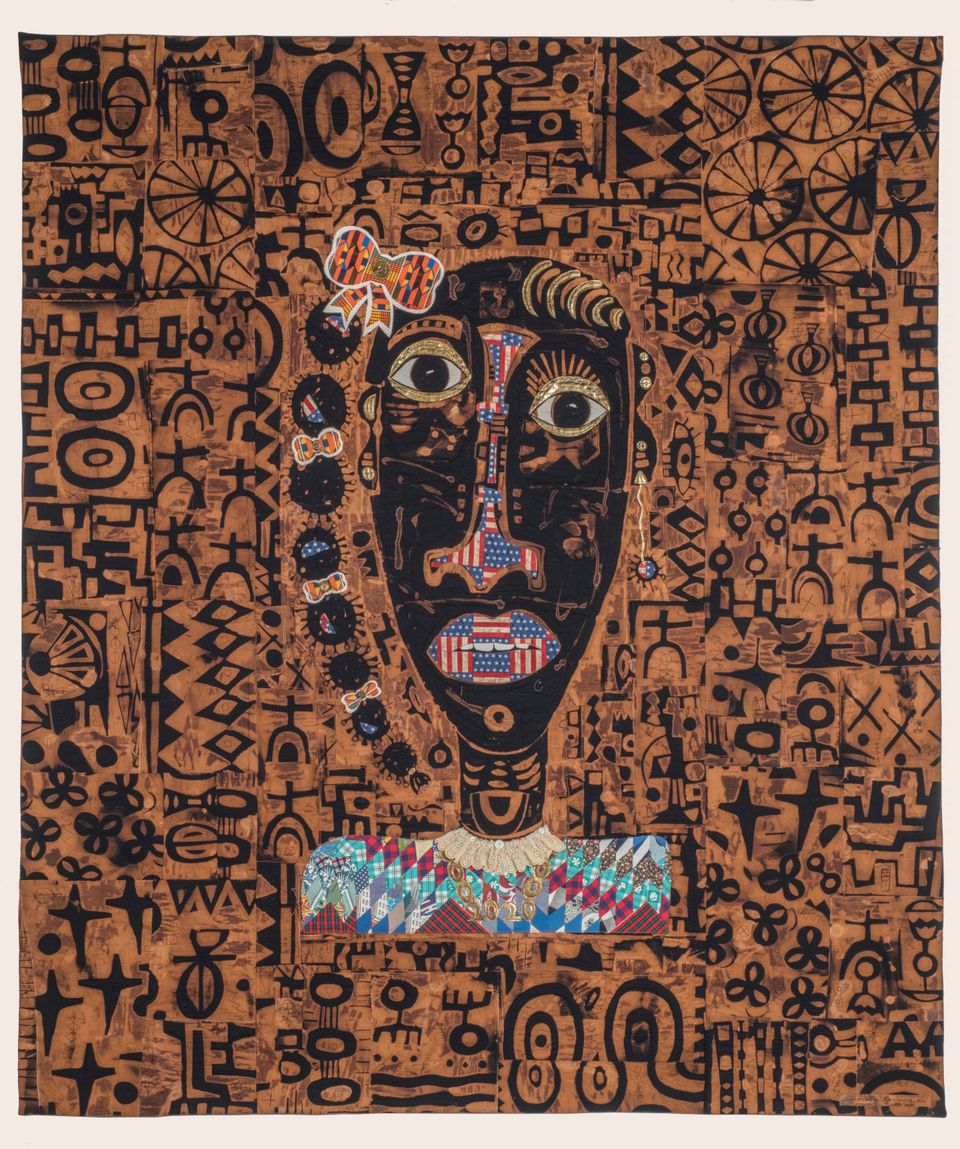George Nakashima
- Born
- Spokane, Washington, United States
- Died
- New Hope, Pennsylvania, United States
- Biography
"To build a small palace around here with a Japanese carpenter in the finest traditions …" is a dream George Nakashima would like to realize someday. "A palace in Japan is not an elaborate thing.… It's actually fairly modest but beautifully done.… It would be a great thing … especially from the point of view of education." In a sense, the entire course of Nakashima's adult life has been shaped by his "personal reaction to architectural practice in this country," by this and his desire to improve design and craftsmanship.
Of Japanese descent, George Nakashima was born in Spokane, Washington in 1905. He studied Forestry and Architecture at the University of Washington, attended the Ecole Americaine des Beaux-Arts at Fontainebleau, and earned his Masters in Architecture from Massachusetts Institute of Technology in 1929. His love of wood and his instinctive feeling about the right way to handle materials led him to seek beyond his training as an architect. After graduating he went abroad, spending a year in France, then going to India and Japan where he worked with architects, woodworkers, and carpenters to learn their methods.
Returning to the United States in the early 1940s, Nakashima compared architectural practice here with the careful craft methods of Oriental building and decided architecture could not be his lifework. He resolved to "get into something that I could handle from beginning to end." Believing that design in architecture or furniture begins with materials and structure, and that design is proved in the making of a thing, he felt that as a builder of furniture he could maintain his standards of design and craftsmanship.
A long period of struggle followed that decision. Plans were interrupted by internment with his family in a World War II relocation center, but Nakashima refined his furniture-building techniques during this time by working with a carpenter who had been trained in Japan. In 1943 the family was released and moved to resettle in New Hope, Pennsylvania, where slowly he built his shop and home on several acres of hilly woodland.
In time his furniture attracted customers and by 1949 he was established as a designer and builder of fine, handcrafted furniture. He has never advertised nor sought publicity, yet demand for his furniture increased and his business grew to the twelve-workman shop he is responsible for today.
Nakashima places emphasis on the best use of a beautiful piece of wood in the simple forms which he evolved from both Japanese and early American tradition. His long apprenticeship and his deep reverence for wood are combined in the creation of timeless pieces of simplicity, pure line, and sensitive proportion. He works "from the characteristics of the material and methods of construction outwards, to produce an integrated and honest object."
Making a profit has never been a first consideration. Overriding every other intention is the feeling that "craftsmanship is not only a creative force, but a moral idea … design is only something to realize a way of life." One aspect of this way of life is to give quality. "We feel that we should give value.… We follow these precepts of doing a good job which is rather important in our age."
Nakashima wishes his New Hope shop to grow no larger. He would like to find time for some special projects—like the little palace. An outspoken critic of design and construction methods in architecture, he will accept only those special architectural commissions which offer him an opportunity to build as he believes.
Nakashima is deeply rooted in American design and historic traditions, and also has for many years carried out his own people-to-people projects in India and Japan. There, under his design and technical guidance, furniture related to each country and its craftsmanship is made, to be sold locally and abroad. Such projects as these, he hopes, will increase knowledge of fine woodworking methods in America and restore standards of craftsmanship being eroded in the Orient, for "if we can restore a little of … fine concepts and attitudes and fine workmanship to Japan … and if we can introduce the same thing here, I mean, it becomes rather universal. One borrows from another, which is the way I think culture should be."
Woodenworks. Furniture Objects by Five Contemporary Craftsmen. (St. Paul, Minn: Minnesota Museum of Art with the National Collection of Fine Arts, Smithsonian Institution, 1972)
- Luce Artist Biography
George Nakashima was interned during World War II because, as a Japanese American, he was regarded as an “undesirable alien.” In a prison camp in Idaho, he learned carpentry from another inmate who had trained with Japanese master woodworkers. Nakashima felt that the “character” or “spirit” of the tree should dictate the design of a piece. His furniture went against the fashion for the mass-produced styles that would later be known as “mid-century modern,” but Nakashima’s career thrived under the patronage of such figures as Nelson Rockefeller, who commissioned many pieces from the artist.
















